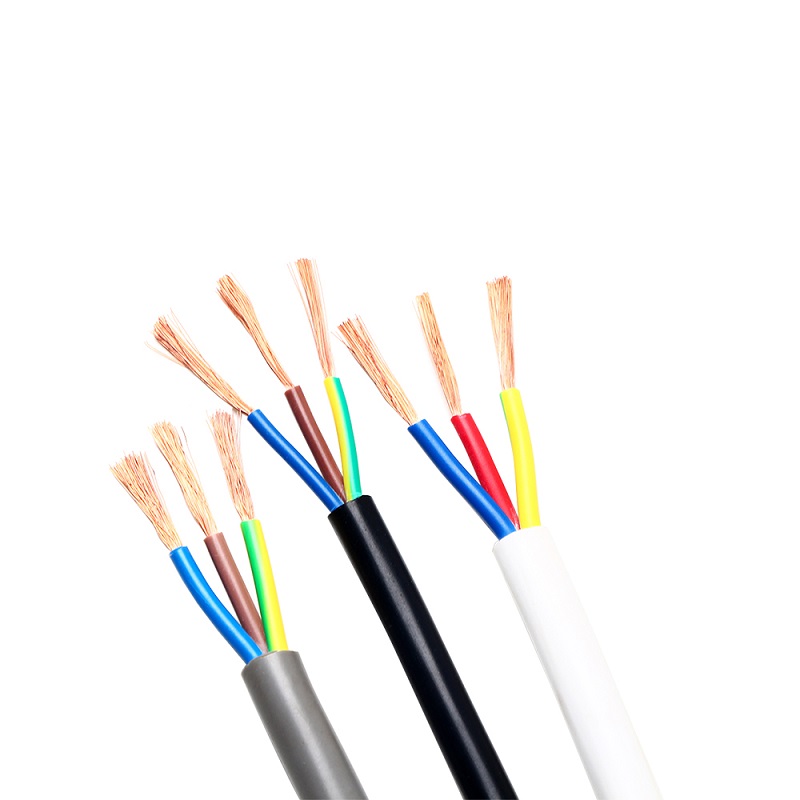The choice of copper core cables and aluminum core cables is very important when choosing the appropriate electrical wiring cables. Both types of cables have their own advantages and disadvantages, and understanding their differences can help you make an informed decision.
Copper core cables are known for their excellent electrical conductivity and corrosion resistance. They are also more flexible and easier to use than aluminum core cables. This makes them a popular choice for residential and commercial electrical wiring. However, copper core cables tend to be more expensive than aluminum core cables, which may be a disadvantage for some users.
On the other hand, aluminum core cables are lighter and cheaper than copper core cables. Due to their light weight and low cost, they are also better suited for long-distance power transmission. However, aluminum core cables have lower electrical conductivity and are more susceptible to corrosion, which can affect their overall performance and service life.
One of the main differences between copper and aluminum cables is their ampacity, which refers to the maximum amount of current the cable can carry. Copper core cable has a higher ampacity than aluminum core cable of the same size, making it more suitable for applications requiring higher electrical loads.
Another important factor to consider is the thermal expansion and contraction of the cable. Aluminum core cables have a higher coefficient of expansion than copper core cables, which means they are more likely to loosen over time. If not handled properly, it can cause safety hazards and electrical problems.
To sum up, the choice of copper core cable and aluminum core cable ultimately depends on the specific requirements of the electrical installation. While copper-core cables offer superior conductivity and durability, aluminum-core cables are a cost-effective option for long-distance power transmission. Understanding the differences between the two types of cables can help users make informed decisions based on their specific needs and budget constraints.
Post time: Jul-24-2024


